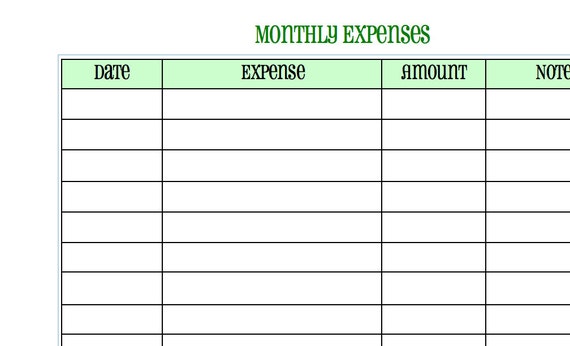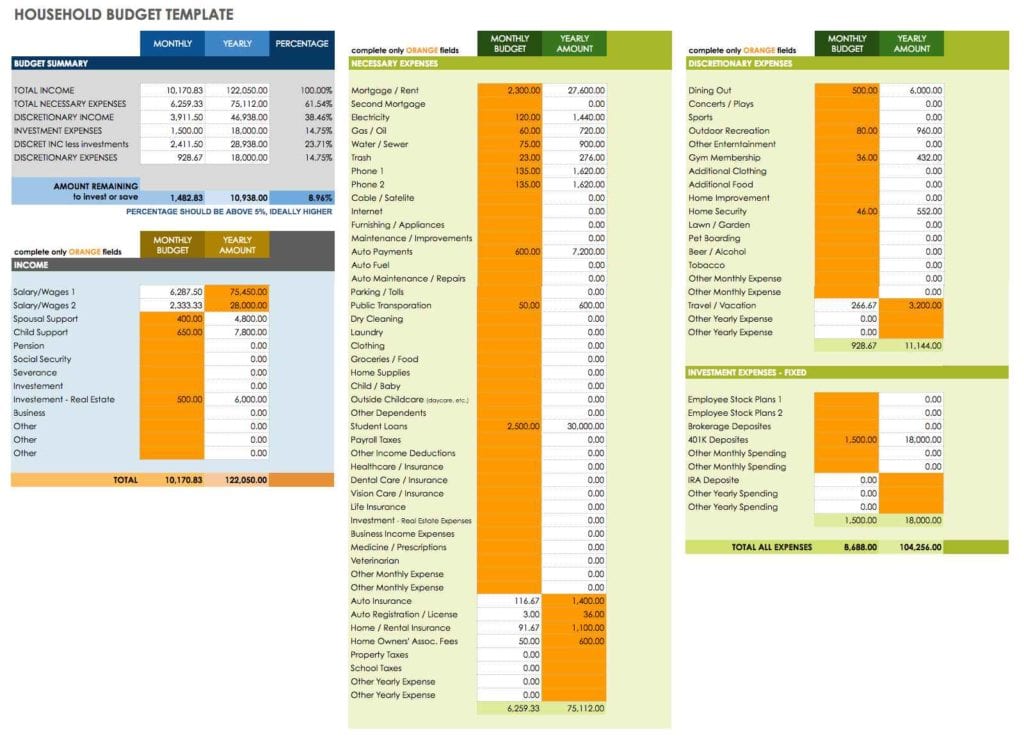

Single-Family Home Housing Starts (Y/Y | Annual) ® 2023 Forecast for Key Housing IndicatorsĢ022 ® Housing Data ExpectationsĮxisting Home Median Price Appreciation (Y/Y) Consumers who are ready for the challenge will need up-to-date information on market conditions, creativity and flexibility to adjust, and a healthy dose of patience in order to create success. The 2023 housing market could become a “nobody’s-market,” not friendly to buyers nor to sellers. If home shoppers and sellers have unrealistic expectations, they could find themselves in a stale-mate in the year ahead. Instead, home shoppers will enjoy advantages such as a growing number of homes for sale, but costs will remain high, challenging affordability at a time when overall budgets continue to be squeezed. But with mortgage rates continuing to climb as the Fed navigates the economy to a soft-ish landing, a moderation in home price growth will not be enough for the housing market to be a buyer’s bonanza. The slowdown in home sales transactions that began as mortgage rates surged in 2022 is expected to continue, leading to a moderation in home price growth and tipping housing market balance away from sellers. Note: The items listed in the 'Weekly spend by life stage' table do not add up to the totals because some categories were not included.The categories not included were household furnishings and equipment, household services and operation, personal care, miscellaneous goods and services and tobacco products.After being overwhelmed in the housing frenzy of the recent past, homeowners, sellers, buyers, and renters may be underwhelmed in 2023. Source: Australian Bureau of Statistics Household Expenditure Survey, 2015-16. In the 3 minutes it took you to explore this infographic, Australian households spent $3,799,910. Average weekly Australian household costs

WA and NT spend drastically less per week on perfume.

Weekly spending on perfume in each state and territory ACT ($3.11) is mad for movies each week, whereas WA ($1.38) has flicked the flicks.Crash repairs: Are South Aussies better drivers? They spend the least on crash repairs (61c each week).Overseas holidays: ACT spend the most on overseas holidays ($59.49 per week).Greens: The NSW Blues need to eat more greens, spending just $5.21 per week.Dental: ACT spend most on dental ($13.73 each week).Chocolate: TAS spends nearly double what the NT spends on chocolate each week ($5.57 vs $2.81).State by state spending on individual items The average household is estimated to have spent $74,301 on general household living costs in 2016. $13.4 billion a year on personal care versus $0.45 billion a year on pet pampering.$20.4 billion a year on fashion versus $2.7 billion a year on gadgets.$80.3 billion a year on recreation versus $38.5 billion a year on medical.$20.5 billion a year on brains versus $7.1 billion a year on beauty.$65.8 billion a year on cars versus $2.7 billion a year on public transport.$14.9 billion a year on alcohol versus $1.6 billion a year on tea and coffee.$12.6 billion a year on meat versus $2.6 billion a year on seafood.In 2016, Australian households spent $666 billion on general living costs, including: What do Australians really spend their money on? (accessible text version) General living expenses


 0 kommentar(er)
0 kommentar(er)
